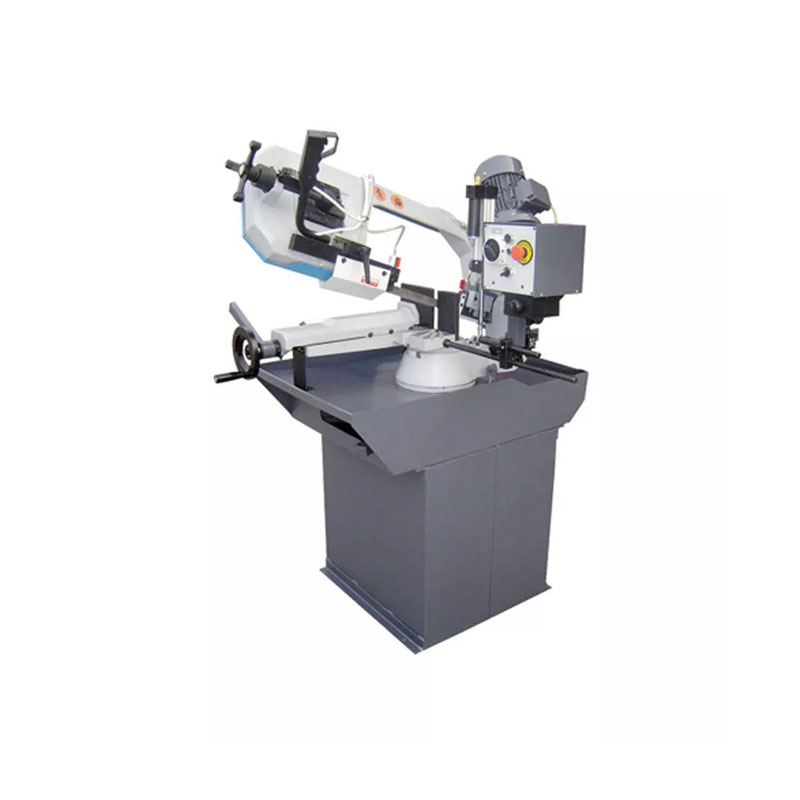- Home
-
Machines
- Horizontal Lathe
- CNC Flat Bed Lathe
- CNC Slant Bed Lathe
- Vertical Lathe
- Pipe Threading Lathe
- See All Lathe
- Vertical Machining Center
- Milling and Boring Machine
- Conventional Milling Machine
- Drilling and Milling Machine
- See All Milling Machine
- Magnetic Drilling Machine
- Belt-driven Drilling Machine
- Gear-driven Drilling Machine
- Radial Drilling Machine
- See All Drilling Machine
- Belt Disc Grinder
- Bench Grinder
- Tool Grinder
- Surface Grinding Machine
- Cylindrical Grinding Machine
- See All Grinding Machine
-
Accessories
- Tool Holder
- Drill Chuck
- Lathe Center
- Lathe Chuck
- Lathe Toolpost Grinder
- Quick Change Tool Post
- Clamping Kit
- Parallel Tool
- Power Feed
- Dividing Head
- Rotary Table
- Work Table
- Machine Vise
- Slotting Head
- Machine Mount
- Magnetic Tool
- Work Lamp
- Digital Readout
- Coolant and Lubrication
- See All Machine Accessory
- Resources
- Our Company
- Contact Us
- Current location:
- Home
- Resources
- Company News
- Comparing Different Types of Metal Sawing Machines
Comparing Different Types of Metal Sawing Machines
When it comes to cutting metal, selecting the right sawing machine is crucial for efficiency, precision, and overall performance. Whether you are a hobbyist or a professional, understanding the pros and cons of various metal sawing machine can significantly impact your choice. In this blog post, we will compare different types of metal sawing machines, focusing on band saws vs. circular saws, horizontal vs. vertical sawing machines, manual vs. automatic options, portable vs. stationary units, and the differences in blade types and applications. Our goal is to provide comprehensive insights to help you make an informed decision.
Band Saws vs. Circular Saws: Which is Better for Metal Cutting?
Horizontal vs. Vertical Sawing Machines: Pros and Cons
Manual vs. Automatic Sawing Machines: What to Consider
Choosing Between Portable and Stationary Sawing Machines
Understanding the Differences in Blade Types and Applications
Band Saws vs. Circular Saws: Which is Better for Metal Cutting?
Band saws and circular saws are two popular choices for metal cutting, each with its own advantages and drawbacks. Band saws use a continuous loop blade that moves in a single direction, providing smooth and precise cuts. They are excellent for cutting irregular shapes and thicker materials. Models like the Band Saw BS-280G from Senmocn.com are renowned for their robustness and versatility.
On the other hand, circular saws employ a rotating disc blade, which makes them ideal for straight, quick cuts. They tend to be more compact and portable compared to band saws, making them suitable for onsite projects. However, circular saws may not offer the same level of precision for intricate cuts as band saws do. Ultimately, the choice between a band saw and a circular saw will depend on the specific requirements of your metal cutting tasks.
Horizontal vs. Vertical Sawing Machines: Pros and Cons
Horizontal and vertical sawing machine serve different purposes and offer unique benefits. Horizontal sawing machines are primarily used for cutting large metal stocks and structural materials. They provide stability and precision, making them suitable for heavy-duty applications. However, they can be bulky and take up significant space in a workshop.
Vertical sawing machines, by contrast, are more versatile and can handle a variety of cutting tasks, including contour cutting and intricate designs. They are also more space-efficient, which can be a crucial factor for smaller workshops. That said, vertical sawing machines might not be as robust as horizontal ones when it comes to cutting larger, heavier materials.

Manual vs. Automatic Sawing Machines: What to Consider
The choice between manual and automatic sawing machines largely depends on the volume and complexity of the work. Manual sawing machines are generally more affordable and offer greater control over the cutting process. They are suitable for low-volume production and tasks that require a high level of precision.
Automatic sawing machines, on the other hand, are designed for high-volume production and can perform repetitive cuts with minimal human intervention. They offer consistent accuracy and can significantly boost productivity. However, they come with a higher initial investment and may require more maintenance.
Choosing Between Portable and Stationary Sawing Machines
Portable and stationary sawing machines cater to different operational needs. Portable sawing machines are lightweight and easy to transport, making them ideal for onsite work and smaller projects. They offer flexibility but may sacrifice some power and precision compared to stationary models.
Stationary sawing machines, while less mobile, provide superior stability and cutting power. They are perfect for large-scale operations and projects that require high precision and consistency. If your work primarily takes place in a single location, a stationary machine could be the better option.
Understanding the Differences in Blade Types and Applications
The choice of blade is another critical factor in metal sawing. Different materials and cutting tasks require specific blade types to achieve the best results. For instance, bi-metal blades are commonly used for their durability and versatility, while carbide-tipped blades are ideal for cutting harder materials like stainless steel.
Understanding the specific applications and limitations of each blade type will help you select the most appropriate one for your sawing machine, ensuring optimal performance and longevity.
In conclusion, selecting the right metal sawing machine involves considering various factors, including the type of saw, its orientation, manual vs. automatic operation, portability, and blade compatibility. By understanding these elements, you can make an informed decision that meets your specific cutting needs, whether for hobbyist projects or professional applications. For more detailed information on band saws like the BS-280G, visit Senmocn.com.
Here We Are
Qingzhou Shengmao Machinery Co., Ltd.
South Hedong Village,
Yidu Subdistrict, Qingzhou City, Shandong Province, China 262500
© 2024 Qingzhou Shengmao Machinery Co., Ltd. All rights reserved





